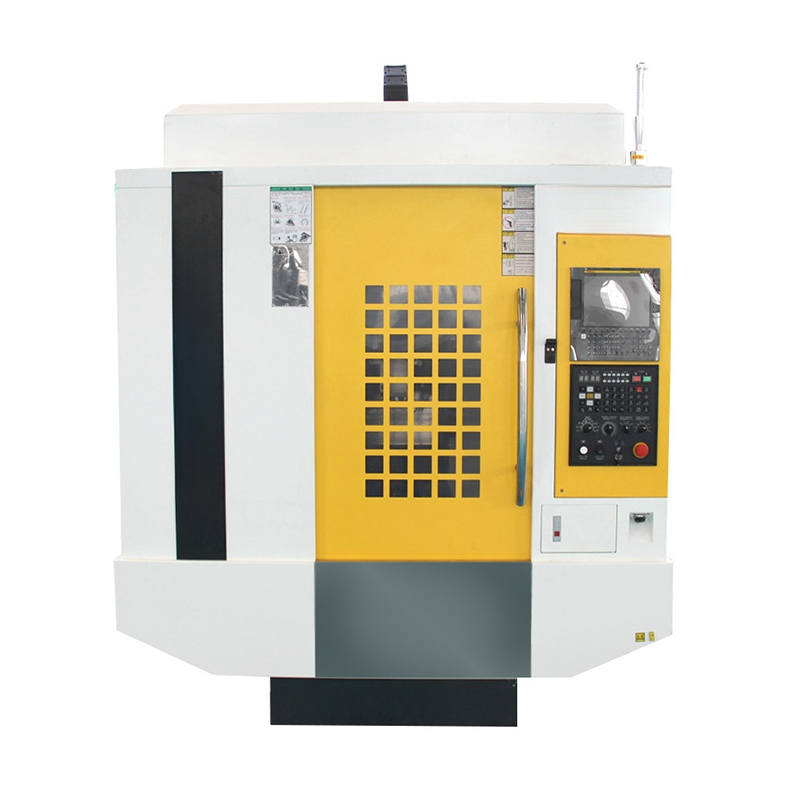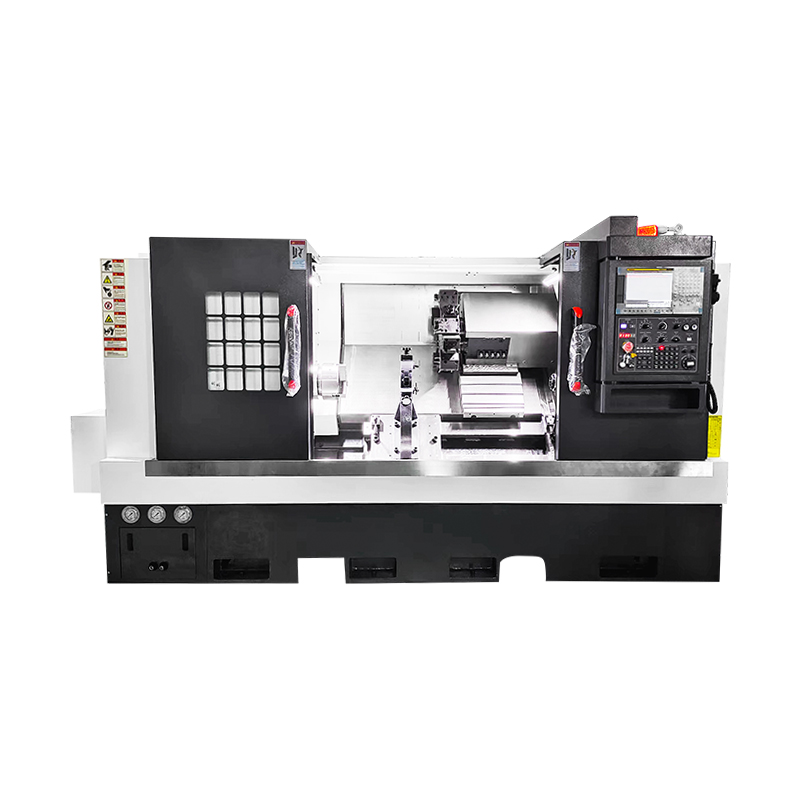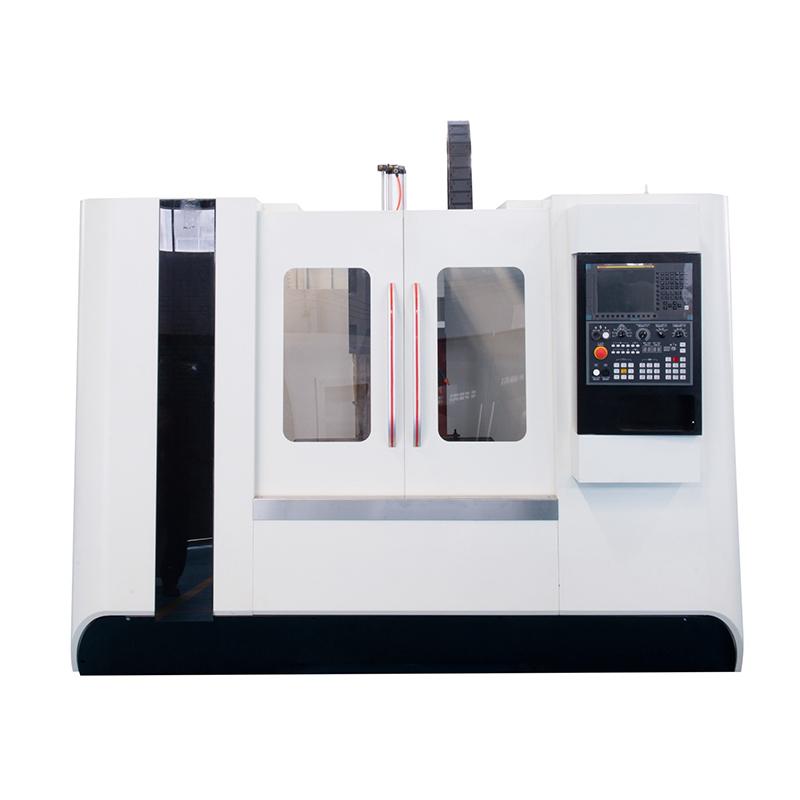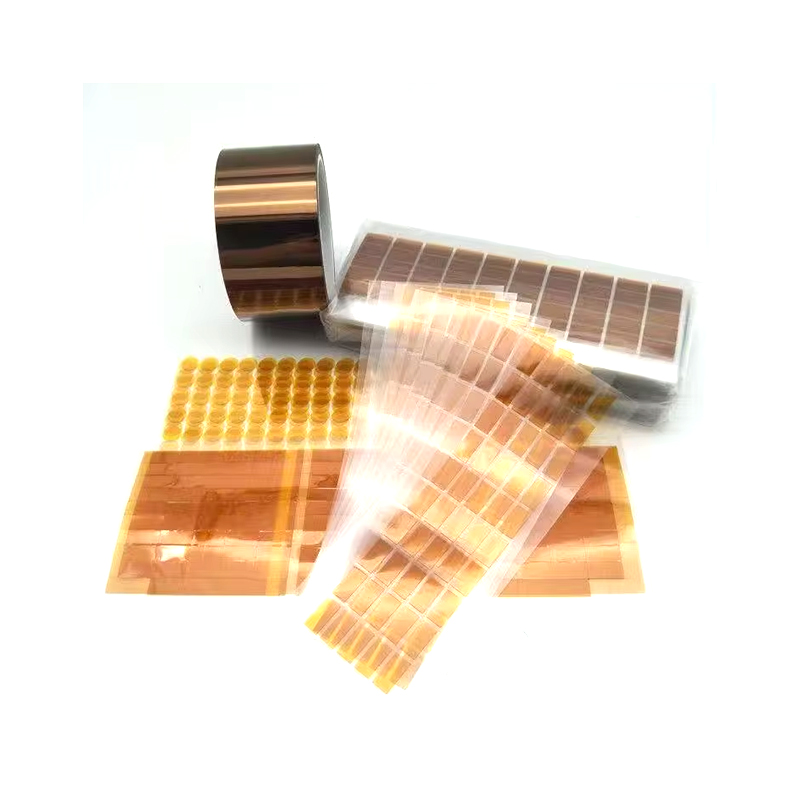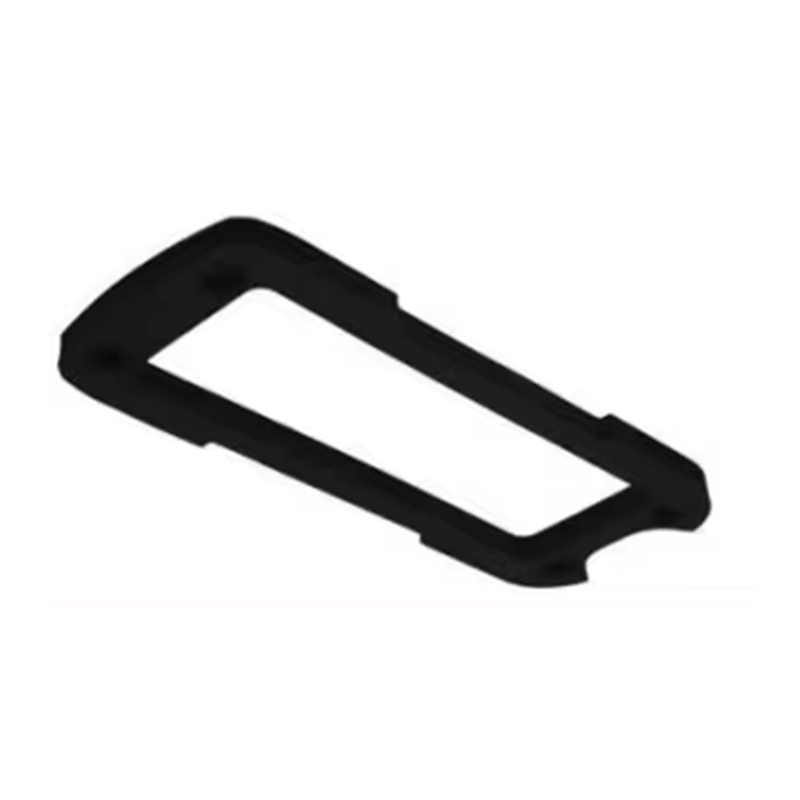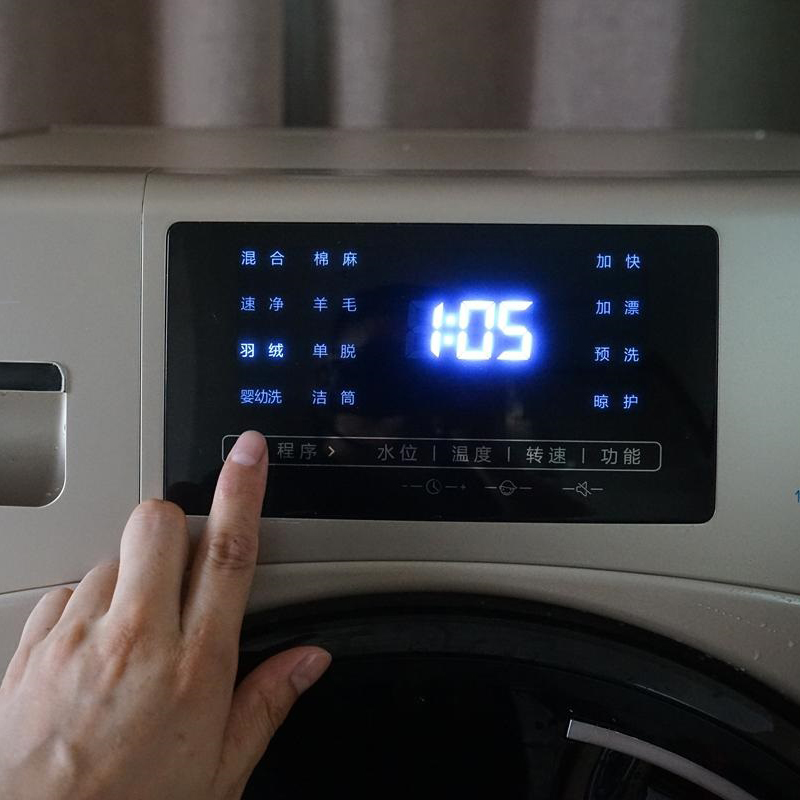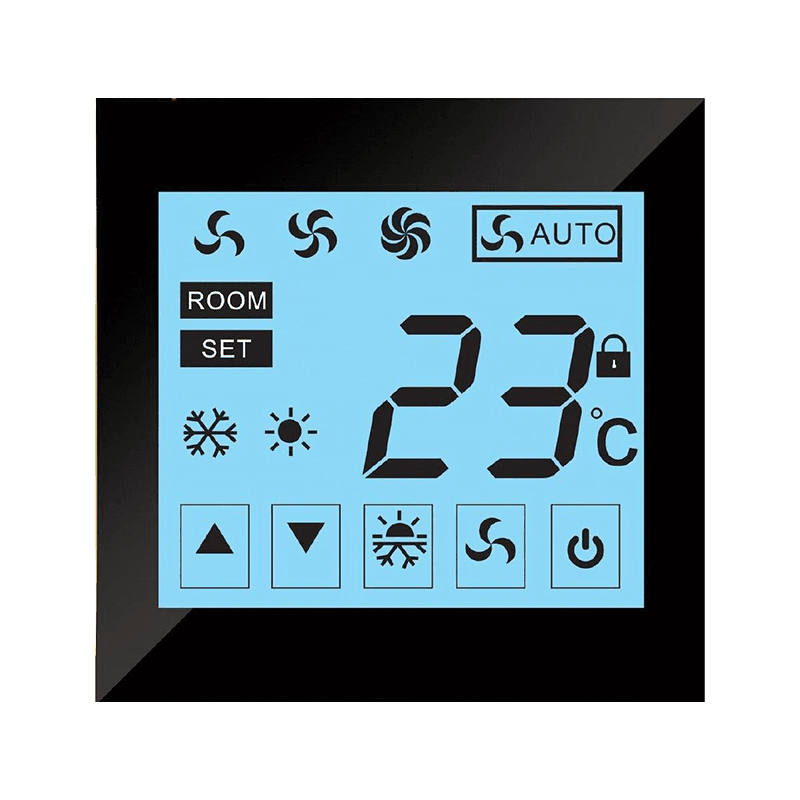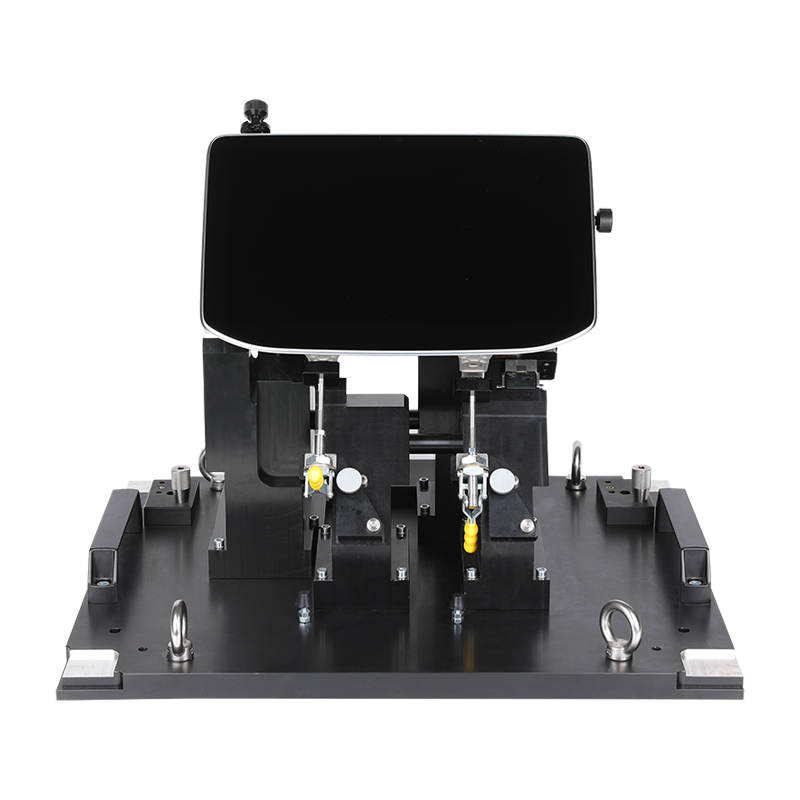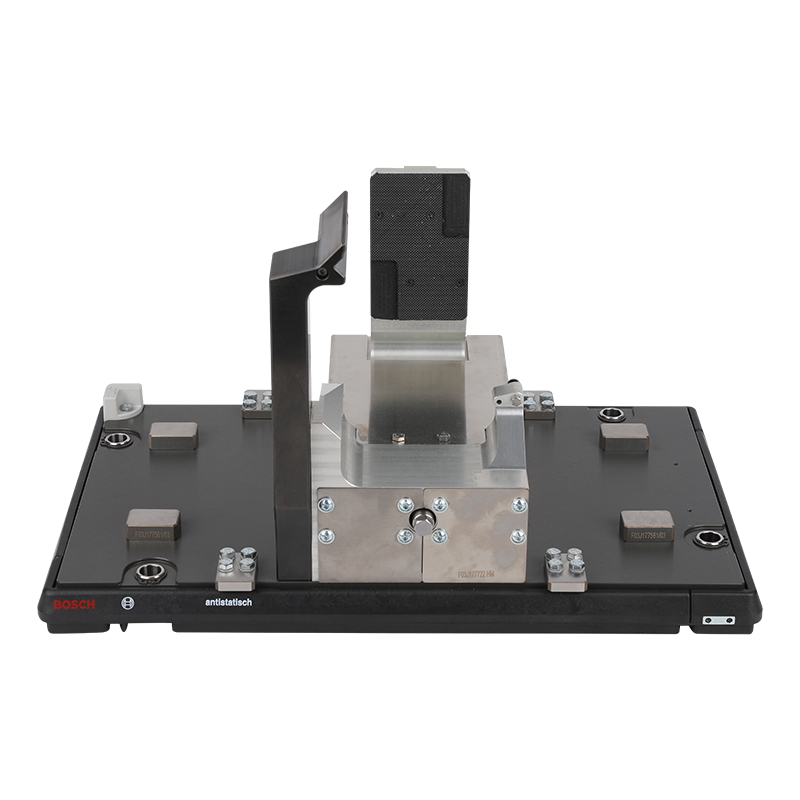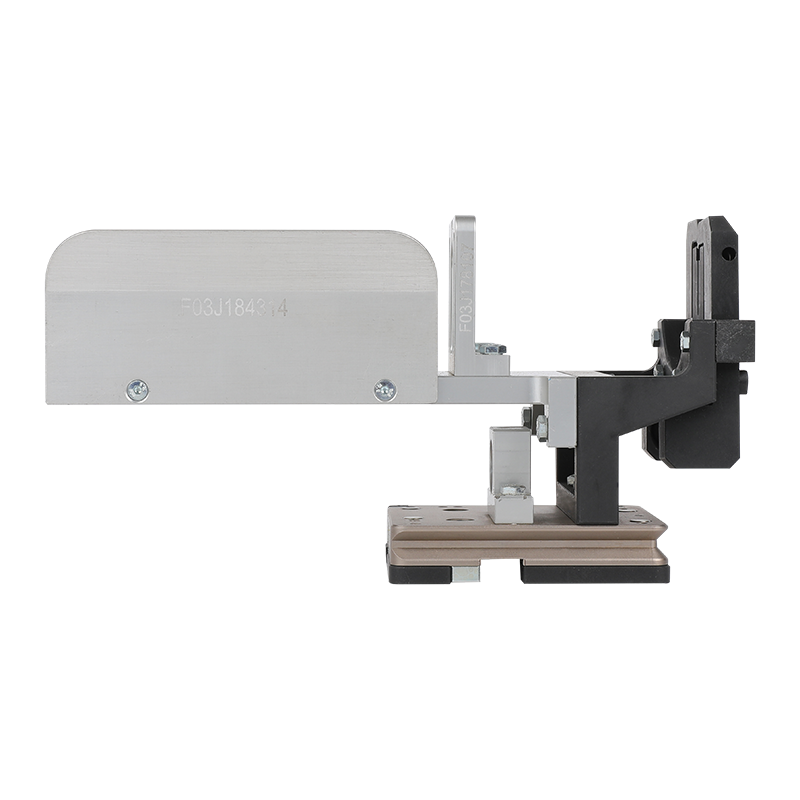In modern industrial manufacturing, precision, efficiency, and stability have become key indicators of production performance. With the rapid development of intelligent manufacturing and automation technologies, CNC machinery parts have become a vital support for the manufacture of various high-end equipment. They not only determine the processing performance and lifespan of equipment, but also play a crucial role in fields such as aerospace, automotive manufacturing, medical devices, electronic communications, and mold processing.
I. The Technical Essence of CNC Machinery Parts
CNC machinery parts are functional components manufactured by high-precision machining of metal or non-metallic materials using mechanical equipment driven by computer numerical control systems. Its core technology lies in achieving complex structures and micron-level precision through programmed control. This control method enables parts to achieve dimensional accuracy, surface finish, and consistency far exceeding traditional machining. CNC technology combines advances from multiple fields, including mechanical engineering and automation control, computer-aided design and manufacturing (CAD/CAM), and materials science, making the manufacturing process of mechanical parts more intelligent, standardized, and repeatable.
During the machining process, CNC systems control the machine tool's motion trajectory through numerical commands, enabling automatic switching between various machining methods such as turning, milling, drilling, and grinding, thereby ensuring precision while improving production efficiency. High-performance CNC parts are typically made of high-strength alloy steel, stainless steel, aluminum alloy, titanium alloy, or engineering plastics. They undergo processes such as heat treatment, surface treatment, and precision testing to ensure they maintain excellent performance even in complex environments.
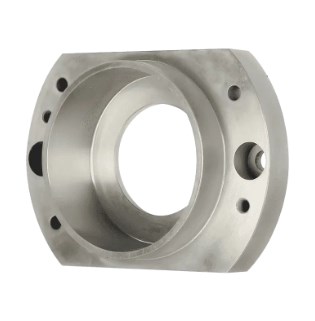
II. Advantages and Value of CNC Machinery Parts
The greatest value of CNC machinery parts lies in their precision and stability. In modern manufacturing, equipment reliability often depends on the quality of its parts. The introduction of CNC technology has enabled a qualitative leap in geometric accuracy, assembly tolerances, and kinematic coordination for various parts.
Precision CNC parts significantly improve equipment balance and lifespan, reducing mechanical wear and energy consumption. They can maintain stable performance even under high-frequency operation or high-load conditions. Furthermore, the automation and programming of CNC machining reduce human error in the production process and improve consistency across batches. This high consistency is particularly important in industries such as aviation, automotive, and medical, where tolerance for component errors is extremely low, and even the slightest deviation can result in performance loss or safety risks.
CNC technology also offers a high degree of flexibility. By adjusting program parameters, production of components with varying specifications and structures can be quickly switched. This flexible manufacturing capability meets the current market demand for diverse, small-batch, and high-precision production, and also enables manufacturers to achieve greater responsiveness and customization capabilities in the face of global competition.
III. CNC Parts Processing and Control Systems
The manufacturing process for CNC machinery parts is a multi-layered, systematic process encompassing design, programming, machining, and testing. The design phase typically relies on CAD 3D modeling technology to ensure that every structural detail precisely matches functional requirements. The programming phase utilizes CAM software to generate NC code, enabling optimal control of machining paths and tool trajectories. The machining phase utilizes CNC lathes, milling machines, grinders, or multi-function machines for automated precision cutting, achieving efficient forming of complex structures. The inspection phase utilizes high-precision equipment such as coordinate measuring machines and optical inspection systems for comprehensive dimensional and surface inspection to ensure that the finished product meets quality standards.
In terms of control systems, CNC equipment relies on high-performance servo drive systems and motion control algorithms to achieve multi-axis machining. Modern CNC control systems feature self-diagnosis and compensation capabilities, automatically correcting machining errors and ensuring product consistency and repeatability. With the advancement of intelligent manufacturing, more CNC equipment is incorporating the Industrial Internet and AI algorithms, enabling remote monitoring, data analysis, and predictive maintenance, making the manufacturing process of mechanical components more intelligent and visual.

IV. Application Prospects of CNC Machinery Parts in Various Industries
With the rapid upgrading of high-end manufacturing, the application scope of CNC machinery parts continues to expand. The aviation sector requires high-strength, high-precision structural parts, and CNC technology enables efficient machining of complex curved surfaces. In the automotive industry, core components such as engines, transmissions, and suspension structures require extremely high precision and consistency, making CNC parts a critical foundation for ensuring vehicle performance. In the medical field, CNC machining technology is widely used in the manufacture of surgical instruments, prostheses, and precision equipment components, ensuring product safety and precision.
With the rise of emerging industries such as new energy vehicles, 5G communications equipment, and intelligent robotics, demand for CNC machinery parts continues to grow. CNC technology is playing an increasingly important role, particularly in the machining of high-performance metal materials and micro-precision parts. In the future, driven by trends toward intelligence, green manufacturing, and miniaturization, CNC components will further develop towards high precision, complex structures, and multifunctionality.
As a key component of modern manufacturing, CNC machinery parts represent high precision and high efficiency in industrial production. They are not only the core components of mechanical equipment but also a vital driving force behind intelligent manufacturing and industrial upgrading. With the continuous advancement of technology and the continued growth of market demand, CNC machinery parts will demonstrate greater competitiveness and broader application prospects in the future manufacturing industry, becoming a critical bridge connecting traditional manufacturing and intelligent industry.

 English
English русский
русский